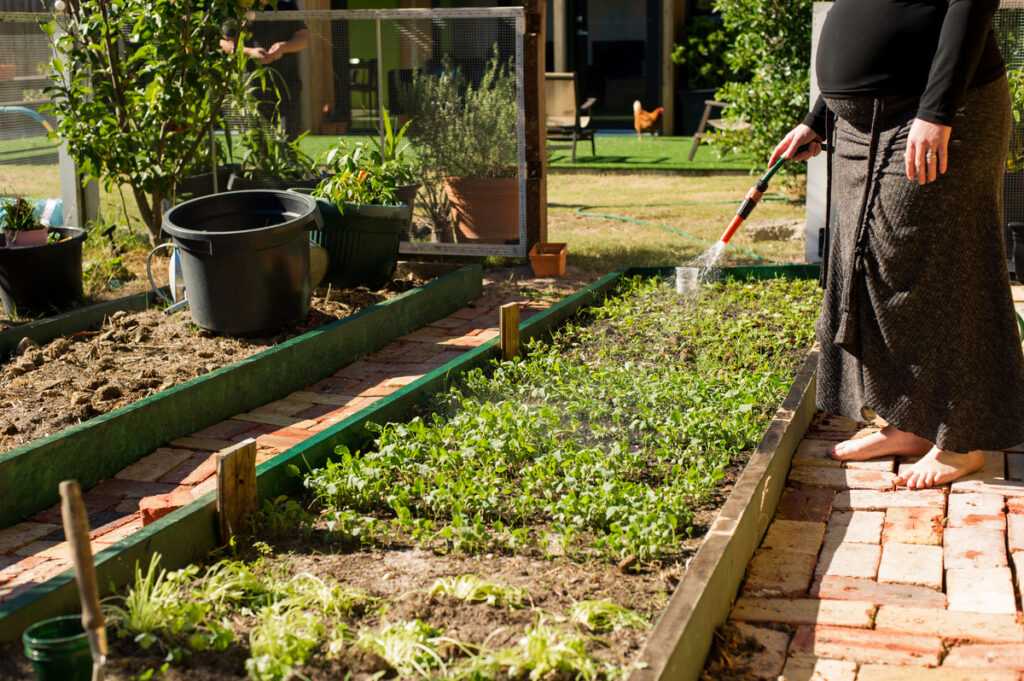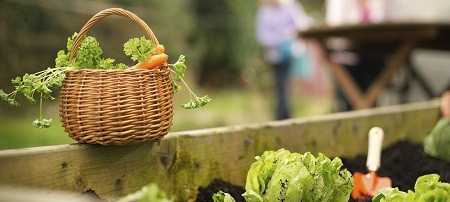A vegetable garden, to enjoy the flavours of Mother Nature


The desire for healthy and organic food is a must: the vegetable garden is on the rise. Even in cities, since there is nothing to stop you from having one even on a corner of your garden or balcony. But how to do it right, especially if you don't have a "green thumb"?
Thinking about and cultivating a vegetable garden may seem arduous and reserved for "pros" and enthusiasts. However, this is not the case at all. All you need to do is identify your desires, abilities and needs, and follow a few basic rules. But don't forget that a vegetable garden requires regular monitoring, which is all the more reason for it to be as well adapted as possible.
A vegetable garden, therefore, cannot be improvised. But it does not require long research or large investments. All you need to do is learn the basics, otherwise the harvest will be catastrophic. Moreover, one can do without phytosanitary products, which are expensive and which, for the most part, run counter to organic farming.
The essential rules
These basics are based on a few rules, which allow a good harvest from the first year.
Location
First, of course, is the location. Avoid areas of the garden that are exposed to cold, strong winds and too much humidity. The ideal, but not unavoidable, location is due south. And on flat ground, so as to retain rainwater and watering. And as vegetables are water-hungry, the proximity of a watering place would be perfect. You should also avoid creating your vegetable garden near trees or near a dusty area, such as a street. You can protect your garden from this dust by planting a dense hedge.
The floor
Next, the soil, which must be well cared for by working to a depth of about 20 centimetres, in order to give it a good structure. The first time will require working with a spade. Afterwards, far from the generally accepted idea, the claw will be much more suitable to simply make the soil more crumbly, without destructuring it.
Knowing the composition of the soil in your vegetable garden involves a fairly simple test: just put a handful of soil in a bottle of water and look at the relative importance of the different layers that are deposited, the organic matter, sand, clay, etc. Because the acidity of some soils makes it difficult for certain varieties to grow, do an acidity test using a kit available from garden centres. Remember, for example, that a tomato plant can drink up to two litres of water per day in summer. Therefore, especially for demanding species, it is best to add organic matter while hoeing regularly around the plant.
If the soil is heavy - the best sign being that it sticks to the tools - it is a sign of fertility due to good water and nutrient retention, but specialists advise lightening it with compost or peat. The same applies to very clayey soils.
Planting
Then it's time to choose the planting and/or sowing. Choosing the varieties obviously depends on the desire for a particular vegetable. Some vegetables grow almost everywhere, but not all of them, depending on the exposure and soil types in the different regions. Your local sprout and seed dealers will be able to give you the best advice on this.
In addition, be sure to respect a good companionship, which will associate friendly plants and keep the enemies away, thus allowing a better use of the available space.
Once your (future) vegetables are in the ground, you will have to respect the calendar adapted to each one (here again, we can only refer you to the specialists or to the numerous books on the vegetable garden). Rest assured: this will not deprive you of your summer holidays!
The work in the vegetable garden takes place mainly in the spring and autumn. Spring is the time for sowing, in March-April, then planting in May-June. Autumn is devoted to the last harvests in October-November and to preparing the soil for winter.
Maintenance
The summer will only see regular maintenance, watering if necessary and, of course, the first harvest.
Finally, crop rotation is necessary from year to year, so as not to exhaust the soil, especially if it is not very favourable. The various varieties do not all need the same trace elements and each vegetable can find its own way in the same soil. The easiest way to do this is to divide your vegetable garden into three parts, dividing your plants according to their organic matter needs, rotating the vegetables and enriching the soil.
Planting time!
What are the property prices at the moment?
Written by
atHome
Posted on
27 July 2016
